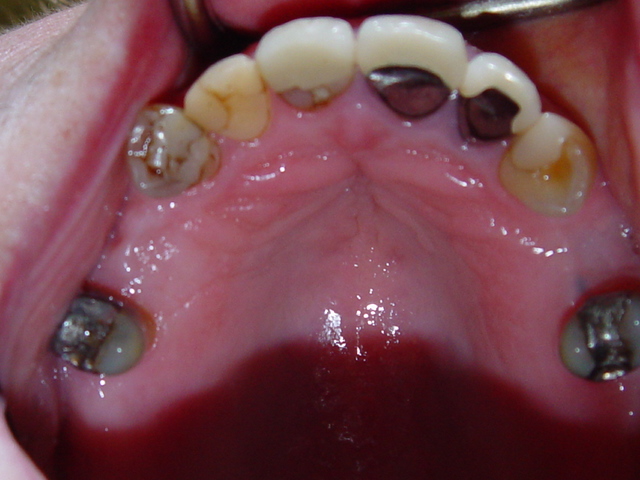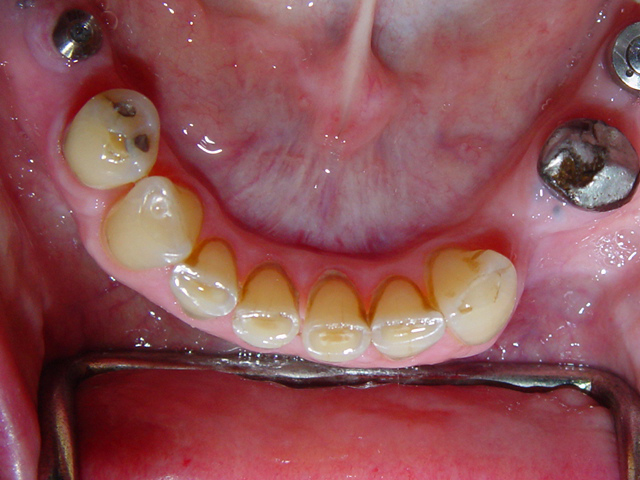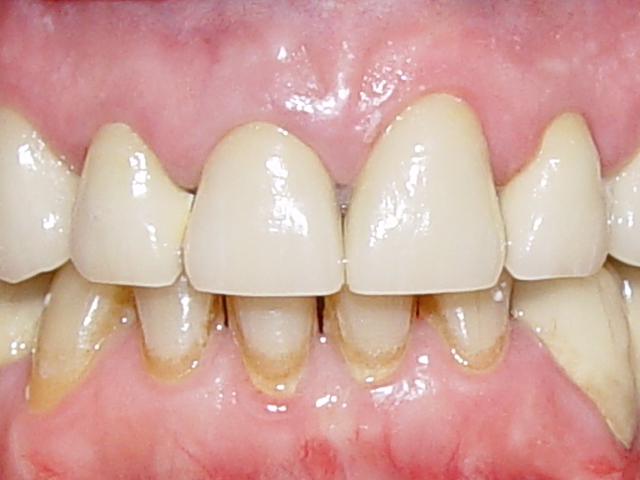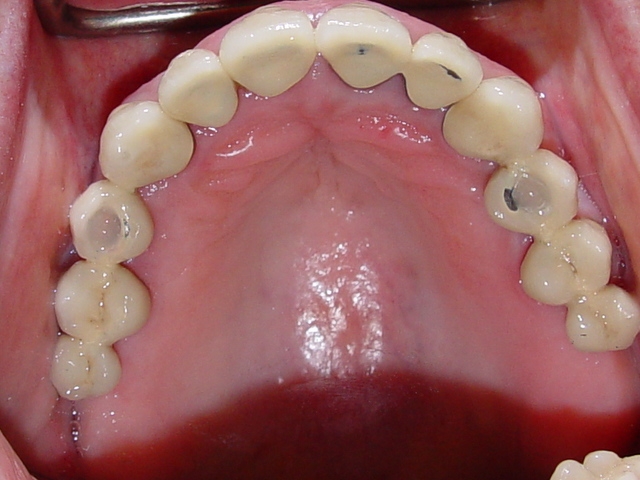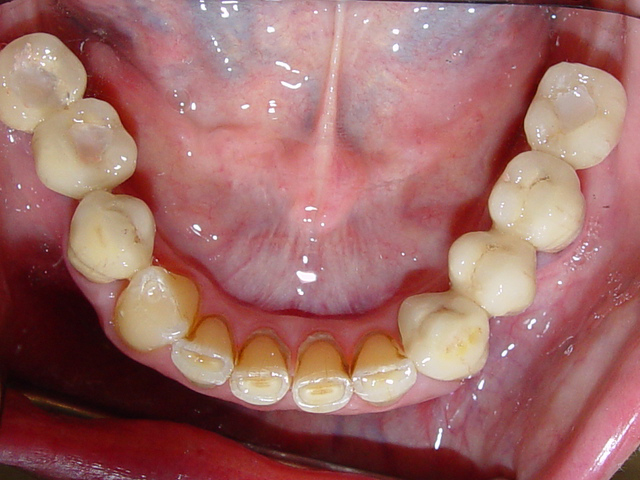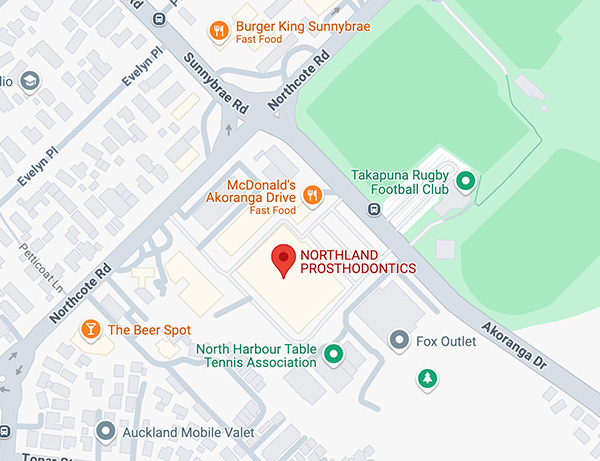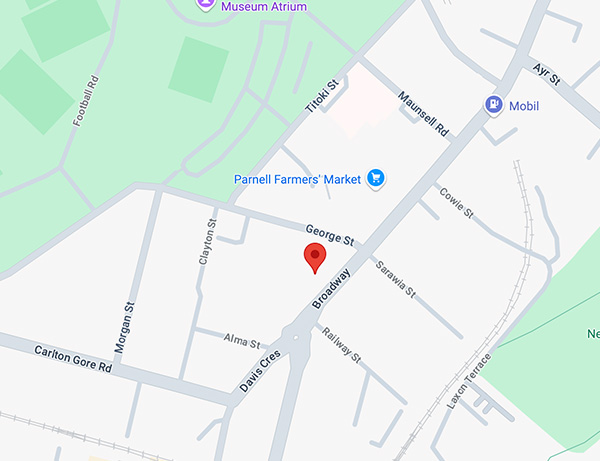From subtle changes to major repairs, a prosthodontist can perform a variety of procedures to improve your smile. There are many techniques and options to treat teeth that are discoloured, chipped, misshapen or missing. Your dentist can reshape your teeth, close spaces, restore worn or short teeth or alter the length of your teeth. Common procedures include bleaching, bonding, crowns, veneers and reshaping and contouring.
These improvements are not always just cosmetic. Many of these treatments can improve oral problems, such as your bite.
Bleaching
Bleaching is a common and popular chemical process used to whiten teeth. Some people get their teeth bleached to make stains disappear, while other just want a whiter shade.
Discoloration occurs in the enamel and can be caused by medication, coffee, tea and cigarettes. Discoloration also can be hereditary or due simply to getting older.
Bleaching can be performed by your dentist in the office or, under dental supervision, at home. Many patients enjoy bleaching at home because it is more convenient. Treatment begins when your dentist creates a custom mouthpiece to ensure the correct amount of whitening solution is used and that your teeth are properly exposed. Typically, whitening at home takes two to four weeks, depending on the desired shade you wish to achieve. Whitening in the office may call for one or more 45-minute to one-hour visits to your dentist’s office.
Crowns
Crowns, also known as caps, cover a tooth to restore it to its normal shape and appearance. Due to their cost, they are used in cases where other procedures will not be effective. Crowns have the longest life expectancy of all cosmetic restorations, but are the most time-consuming. More about crowns…
Veneers
Veneers are thin pieces of porcelain or plastic placed over the front teeth to change the colour or shape of your teeth. Veneers are used on teeth with uneven surfaces or are chipped, discoloured, oddly shaped, unevenly spaced or crooked. Veneers are used to treat some of the same problems as bonding.
This treatment is an alternative to crowns, which are more expensive. The procedure requires your dentist to take an impression of your tooth. Before the custom-made veneer is cemented directly onto the tooth, your dentist will lightly buff the tooth to compensate for the added thickness of the veneer. Once the cement is between the veneer and your tooth, a light beam is used to harden it. Porcelain veneers require more than one visit because they are fabricated in a laboratory. Veneers have a longer life expectancy and colour stability than bonding. More about veneers…
Which procedure is right for me?
A prosthodontist can answer any questions you may have about techniques used to improve your smile. The condition of your teeth and desired result you want often dictates the best procedure. If you are considering a treatment, there are a few questions you can ask your dentist before deciding if a particular procedure is right for you.
- What will the changes look like?
- What should I expect through the course of treatment?
- What type of maintenance will be required?
Case 1 – Full mouth Cosmetic Makeover



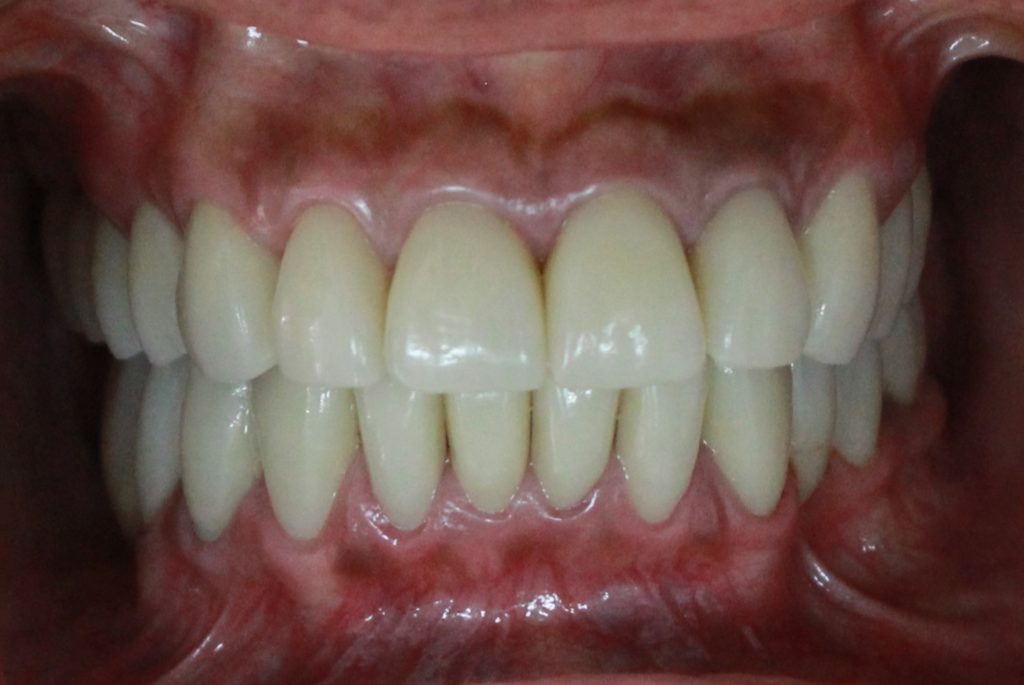

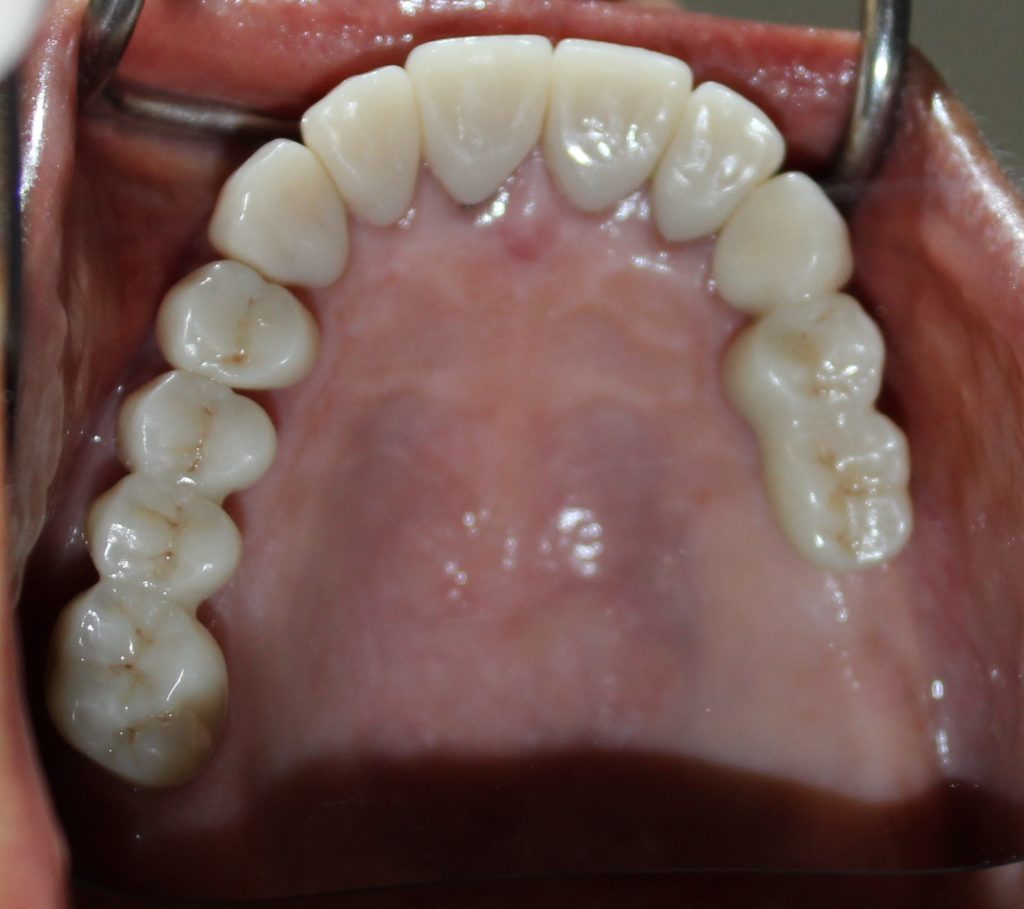
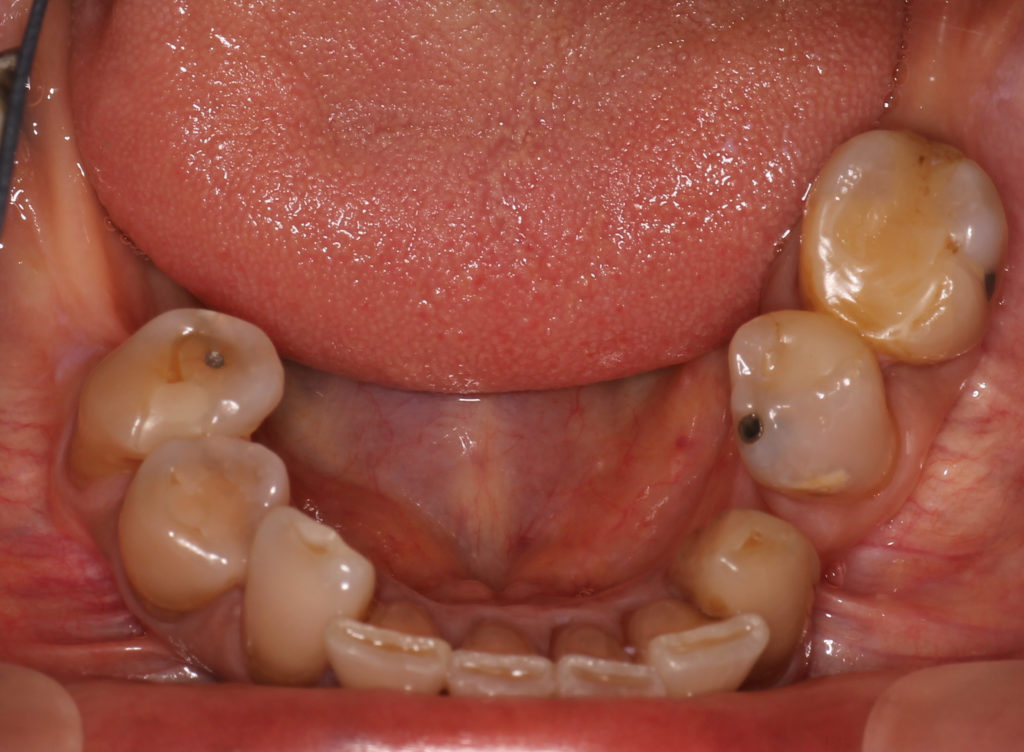

Case 2 – Upper Cosmetic Makeover
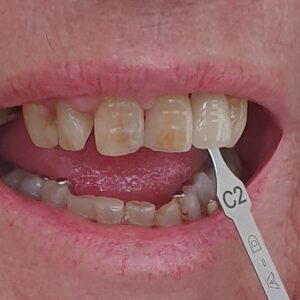
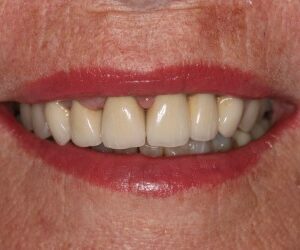
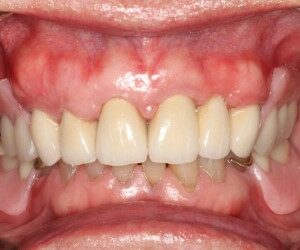
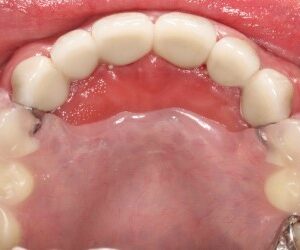
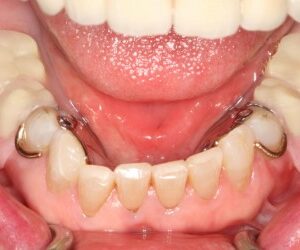
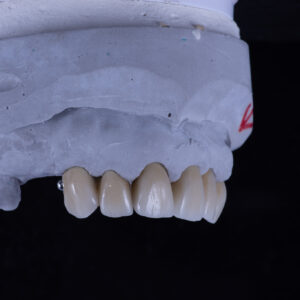
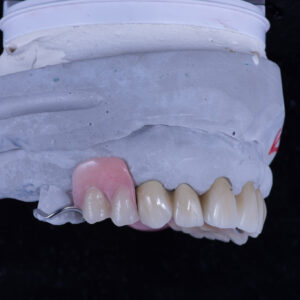
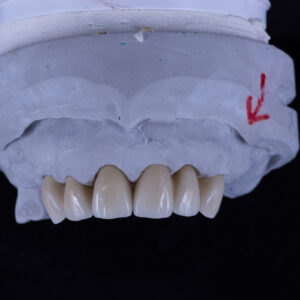
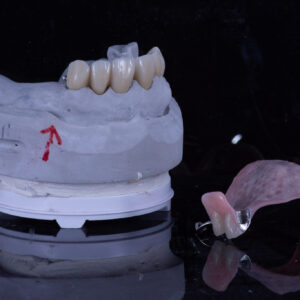
Case 3 – Upper Cosmetic Makeover


Case 4 – Upper Cosmetic Makeover
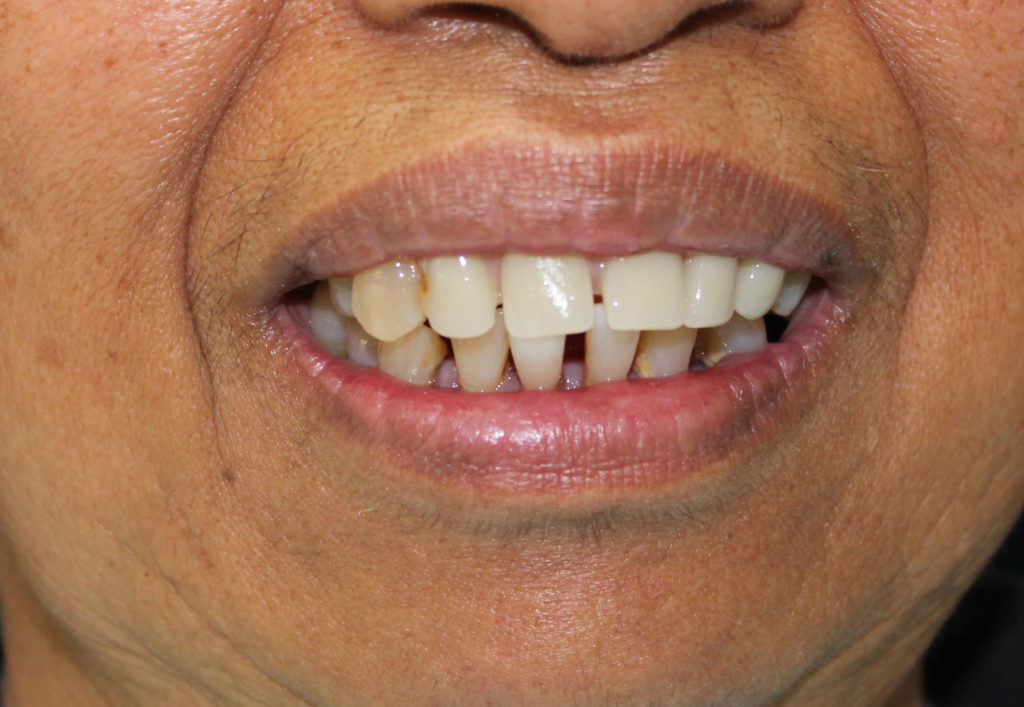
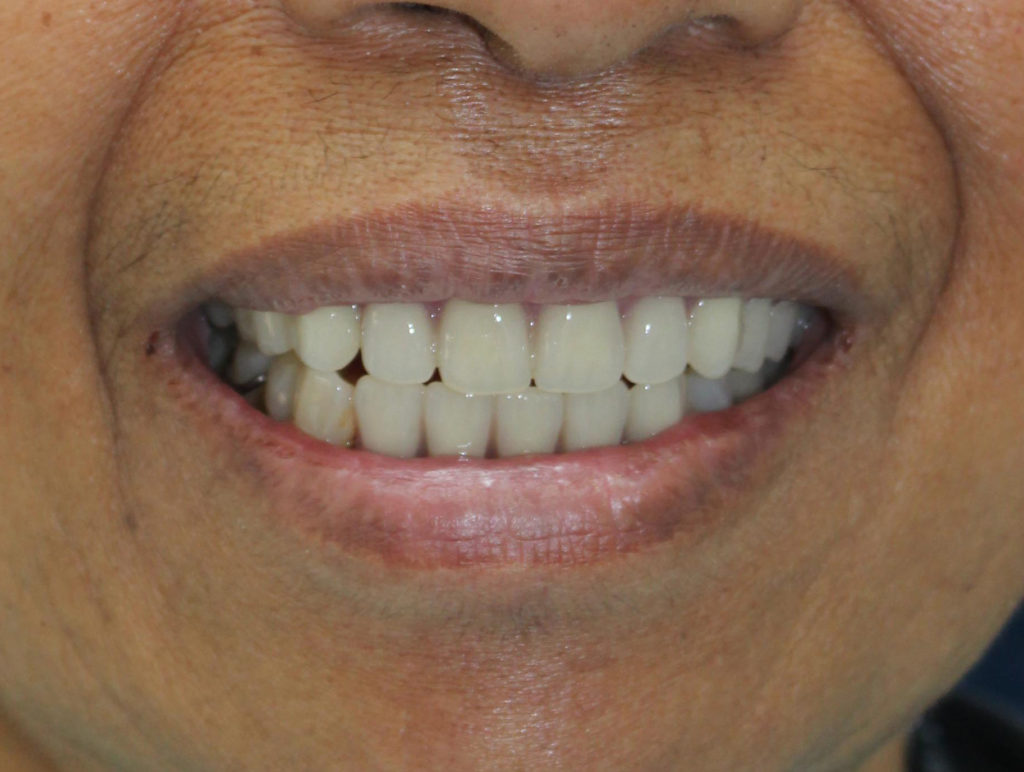
Case 5 – Upper Crowns Makeover
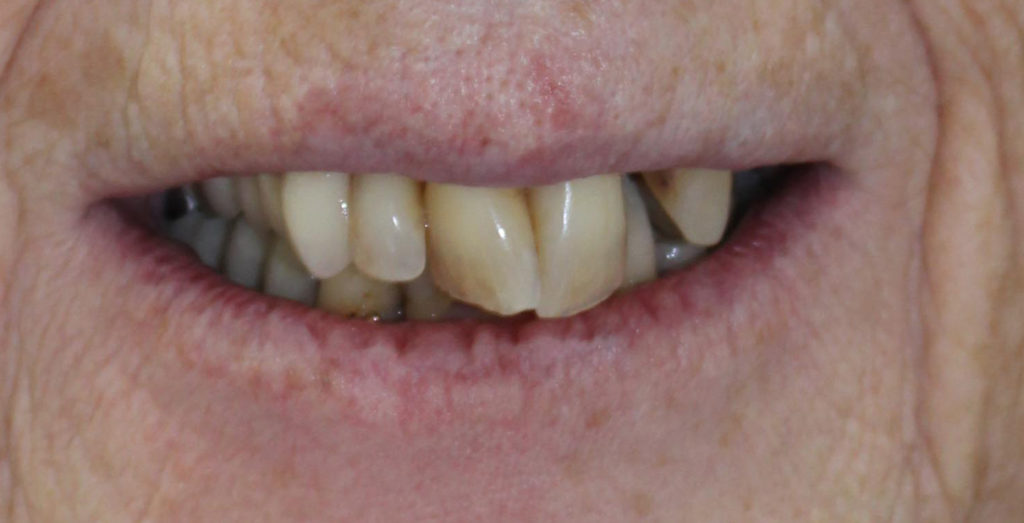


Case 6 – Upper Crowns Makeover
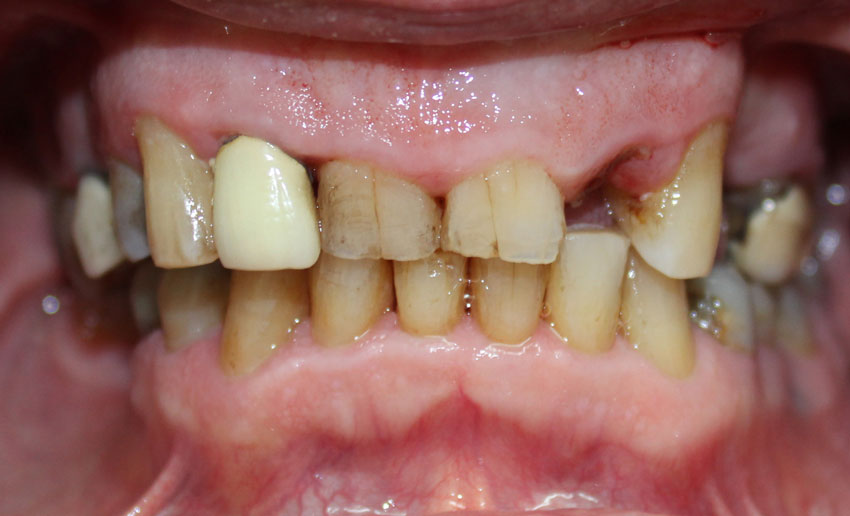
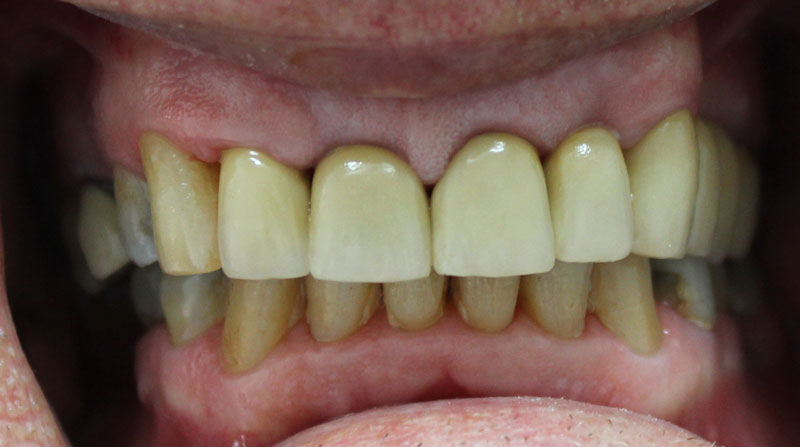
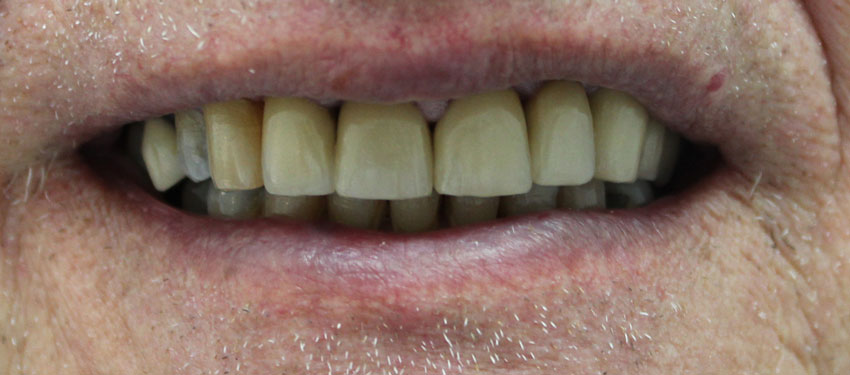
Case 7 – Upper Crowns / Lower Implants Makeover

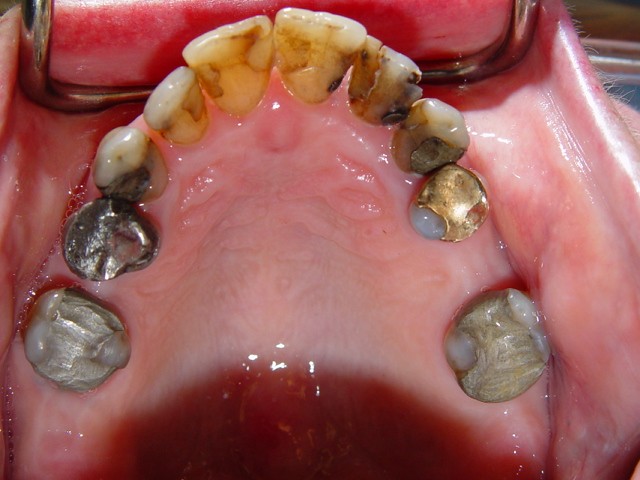
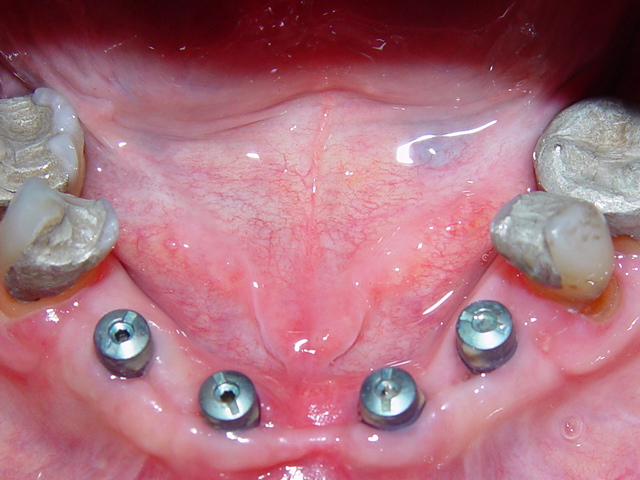
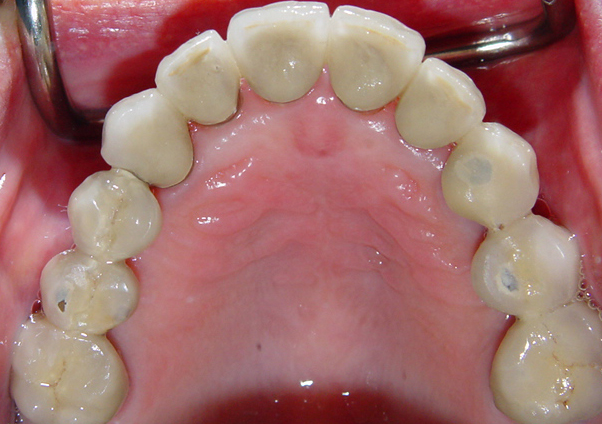
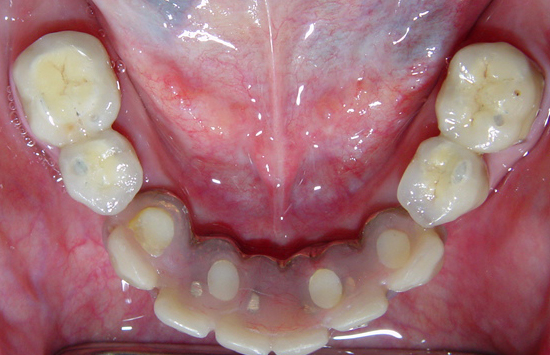

Case 8 – Upper and Lower implant Crowns Makeover

